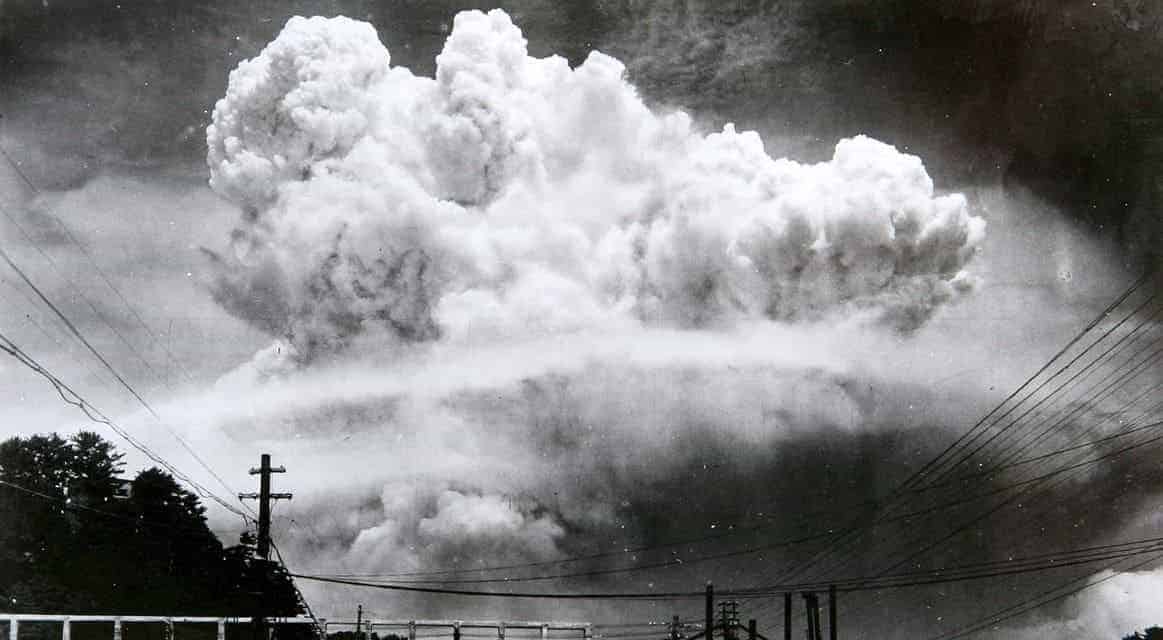Hiroshima August 6th, 1945. A few planes appeared on the horizon shortly after 8 AM. The citizens of Hiroshima, however, paid little attention to the approaching bombers. They were too few in number to be a major concern. Besides, Hiroshima had made it through the war largely unscathed.
Little did the citizens know that their seeming luck concerning bombings was actually because they were a part of a larger experiment. The United States government had purposely spared some cities in Japan from the brunt of bombings so that it could test out a new weapon.
That weapon was the nuclear bomb. As the three B-29s passed over the city center, they dropped one lone bomb from over 30,000 feet in the air. The bomb detonated approximately 1,900 feet above the surface. It was as if the sun had been born upon the earth. Hiroshima was decimated.
Thousands died instantly. Nearly five square miles of the city were leveled, and in total, about 70% of the buildings in the city were destroyed. Quickly, fires swept through the ruins, claiming even more lives. Unbeknown to both Americans and Japanese, radiation poisoning and other long-term effects were also settling in.
Thus began the nuclear age.
Yet while Hiroshima and Nagasaki marked the only two times nuclear weapons have been used in war, the world has come close to nuclear war on numerous other occasions. So let’s dig in and find out how close the world has been to the brink.
1. Korean War Almost Went Nuclear

The Korean War was the first major war the United States engaged in after World War II. It also marked the first major anti-communist war for America. And it almost became a nuclear war.
Following Japan’s defeat in World War II, the country was forced to give up Korea, a colony it had ruled since 1910. The Soviets immediately established a Communist government in the northern section of Korea. The United States, meanwhile, supported a “free market” government in the southern portion. Both Korean governments, on either side of the 38th parallel, refused to recognize each other and Korea remained in a state of civil war.
Then, on June 25th 1950, North Korea launched an invasion, quickly routing their southern counterparts. South Korea was on the verge of collapse. The United States, with the approval and commitment of the United Nations, came to South Korea’s aid, but the outlook of the war looked grim.
By the end of the summer, the United Nations and South Korean forces were on the verge of defeat. Pushed to a toehold in south eastern Korea, American commanders began to wonder if the conventional war was lost. With defeat seeming to hang in the air, the United States began pondering the nuclear option.
At the time the United States had about 300 nuclear bombs. Meanwhile, the Soviet Union had just tested its first basic nuclear bomb and was still not able to deploy them. China was years away from developing and testing nukes.
The nuclear option was thus very much in play. In July of 1950, President Truman ordered nuclear-equipped B-29 bombers to Britain. Although the fissile cores remained in the United States, the planes were ready for quick deployment and were within striking distance of the western portion of the Soviet Union.
At the end of July, the military moved 10 B-29s with nuclear capabilities, but again no cores, to Guam. American leaders were seriously considering a nuclear counter-strike. In theory, the massive shock and awe of the nuclear bombs would decimate North Korean forces. With seemingly few other options on the table, the nuclear war looked all but inevitable to some.
Then, on September 15th, United Nations forces landed at Inchon, about 20 miles outside of Seoul. It was a risky conventional counter-strike, but it paid off. The United Nations forces were able to quickly push back the North Korean forces and retake South Korea. For the North Koreans, it might have appeared a defeat, but it may also have prevented a nuclear war.

